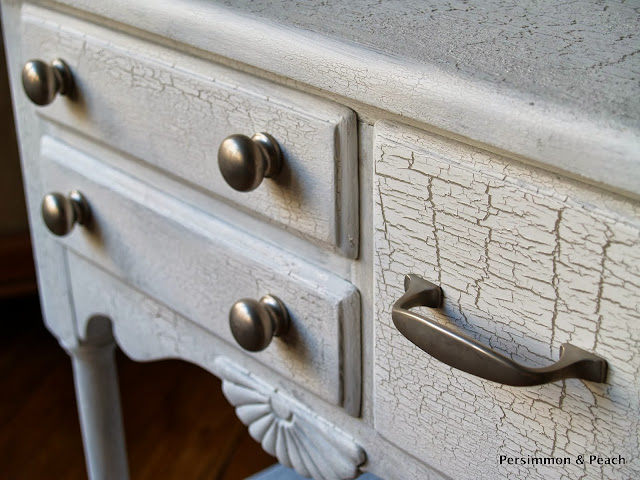The Apprentice: My Life in the Kitchen
By Jacques Pepin
Jacques Pepin's bestselling memoir traces his life from his childhood working in old world French kitchens to becoming one of the most celebrated and famous chefs in the world today. Pepin sheds light on being a pioneer in America's coming of age in the world of food. An insightful and inspiring firsthand account of what it takes to become a great chef.
As Always, Julia: The Letters of Julia Child & Avis DeVoto
Edited by Joan Reardon
As Always, Julia, is a collection of letters between Child and her close friend and pen pal, Avis DeVoto. Their correspondence sheds light on the struggles and frustrations of publishing 'Mastering the Art of French Cooking' and reveals a very personal and private Child just before the success of her first cookbook and becoming an American icon. A fascinating and informative read for Julia Child fans.
Bringing It to the Table: On Farming and Food
By Wendell Berry
Long before "organic produce" was available in every American supermarket, Wendell Berry was the embodiment of mindful eating and farming. 'Bringing It to the Table' is a collection of Berry's educated, direct, and thoughtful essays from the past thirty years, which explore the responsible practices and principles of eating and farming well. His eloquent writing answers many difficult questions pertaining to the often confusing and misunderstood world of modern agriculture. A must read for anyone who enjoyed Omnivore's Dilemma.
Home Cooking: A Writer in the Kitchen
By Laurie Colwin
Laurie Colwin's memoir on cooking and food will have you laughing out loud. Published in the late 80's, 'Home Cooking' has since become a classic for many cooks. Colwin's often irreverent humor celebrates both her triumphant and disastrous meals. Whether an amateur or professional cook, Laurie Colwin feels like your best friend in the kitchen, and is a constant reminder to have fun and not take cooking (or life) too seriously.
Ideas In Food: Great Recipes and Why They Work
By Aki Kamozawa & Alexander Talbot
'Ideas in Food' by husband and wife chefs Aki Kamozawa and Aki Kamozawa, shares newfound knowledge and recipes that break the rules of many traditional cooking techniques. This book takes a unique in-depth look at many aspects of molecular gastronomy from the home cook's perspective. It's the perfect handbook for the experimental cook.
Mastering the Art of Soviet Cooking: A Memoir of Food and Longing
By Anya Von Bremzen
Anya Von Bremzen's recently published book has garnered a lot of buzz in the food world, and with good reason. Her intensely personal and intimate memoir of life and eating in the USSR is paralleled in stark contrast with her eventual move to the US years later. Von Bremzen's thoughtful and observant writing weaves food, family, and politics together in an unforgettable way.
One Souffle at a Time: A Memoir of Food and France
By Anne Willan
Anne Willan's memoir recounts her creation and time as an instructor at the legendary La Varenne Cooking School in France amidst a male-dominated food culture. Willan recounts the birth of the modern day food obsession and brings the sights and smells of French cooking to life. A fascinating look into the life and teachings of an influential chef.
Provence, 1970: M.F.K. Fisher, Julia Child, James Beard, and the Reinvention of American Taste
By Luke Barr
'Provence, 1970,' written by the grandnephew of M.F.K. Fisher, pieces together the intimate dinner parties and private thoughts and letters of some of America's most influential culinary minds. The cast of characters includes M.F.K. Fisher, Julia Child, James Beard and Richard Olney. A fascinating page-turner that takes place on the eve of America's culinary reinvention; it's so engaging it reads like fiction. This was one of my favorites of the year!
Whiskey Women: The Untold Story of How Women Saved Bourbon, Scotch, and Irish Whiskey
By Fred Minnick
'Whiskey Women' tells the story of influential women throughout history, from Mesopotamia to Prohibition, who have shaped the liquor industry as we know it today. An empowering and informative look at the way women have influenced, developed, and marketed the liquor industry. This is a great read for the whiskey drinker in your family!
Wine & War: The French, the Nazis, and the Battle for France's Greatest Treasure
By Donald & Petie Kladstrup
'Wine and War' takes a historical look at the wine industry in Nazi occupied France during World War II. It tells the story of many winemakers who risked it all to protect their wine from falling into the hands of the Third Reich. An inspiring and triumphant look at one of the darkest chapters in French history. This is a perfect read for the wine and history lover in your family.





















































